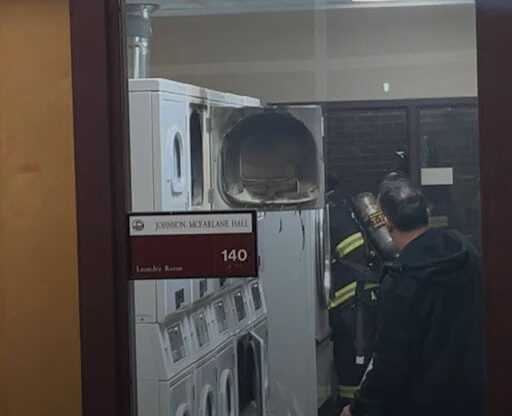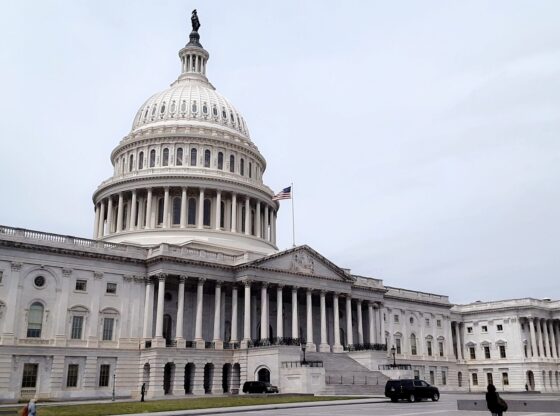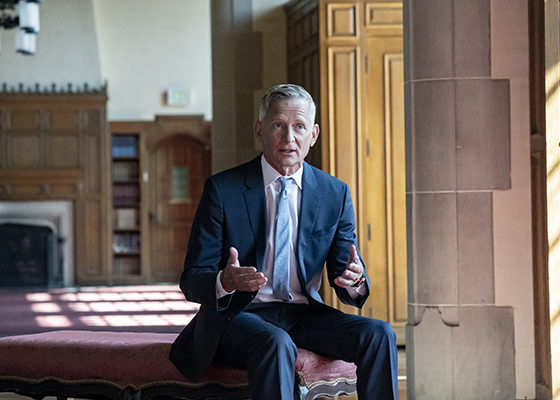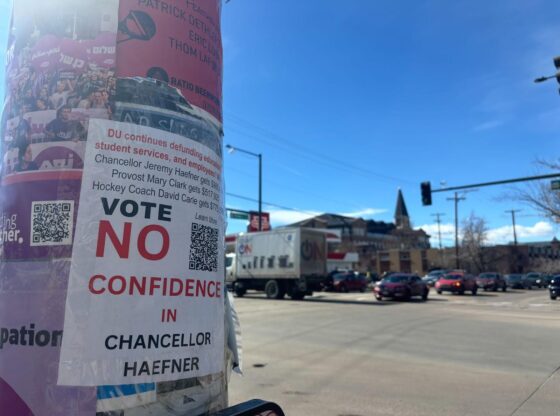On Thursday, Feb. 18, the Perseverance Rover landed on Mars after years of tireless work and innovation. NASA reached this unprecedented feat, despite operating on a budget at the lowest level of federal spending since the agency’s founding. The “Touchdown Confirmed” received after its landing should have come years earlier. An agency as important as NASA requires more resources to successfully continue the objectives of Perseverance.
The Perseverance Rover is the most advanced piece of equipment that has ever been sent to Mars. It has a helicopter that will be the first attempt at flight while on the surface of another planet and the first step in NASA’s sample collection operation on Mars. There is a future mission being planned to bring the samples back to Earth. NASA scientists hope that these specimens will reveal signs of past life that may have thrived in the former lakebed of the Jezero Crater.
This collaborative effort showcases the best of humanity. Space exploration turns our focus away from attacking one another to looking outward together.
By pursuing space exploration, NASA has excelled in developing new technologies. With almost 2,000 inventions, they have been on the cutting edge of innovation. From miniature digital cameras to wireless tools, NASA is a driving force for progress. They accomplished these feats with a budget of only $22 billion last year. This value is 33 times smaller than the military’s budget of $738 billion.
NASA’s work is critical, but their budget comes out to be less than half a penny on every dollar the federal government collects in taxes. It is half a penny for inspiring kids to pursue STEM; half a penny for understanding climate change. Increased funding got us to the moon in the ‘60s with less computing power than most of us carry in our pocket today.
Imagine what scientists could achieve if a penny on every dollar went to NASA. We could better understand and fight climate change. We could return to the moon and send humans to Mars. We would revolutionize our relationship with the world and universe.
Unlike private companies, NASA pursues what is best for humanity instead of profit margins. This contrasts companies such as SpaceX, whose primary goal is to produce profit for its shareholders—that is not what space exploration should be about.
Research institutions are best suited to explore space as they can take on complex long-term projects that do not turn a monetary profit but do enrich humanity’s growth and progress. NASA pursues projects such as SMAP, a $900 million satellite data project. It provides data for farmers on their yields and gives governments the ability to predict and prepare for droughts. Through their open data policies, it is completely free and can be shared with anyone. SMAP is far from NASA’s only mission focused on helping the Earth.
We must put people before profit. A penny on every dollar may seem like too much to spend for those who seek capital gains. PEW Research found that 72% of Americans believe that it is “essential” for the U.S. to remain a global leader in space exploration. The U.S should lead the world in research, new technologies and exploration. That is accomplished through NASA. If we want to preserve humanity, they deserve at least a penny.











